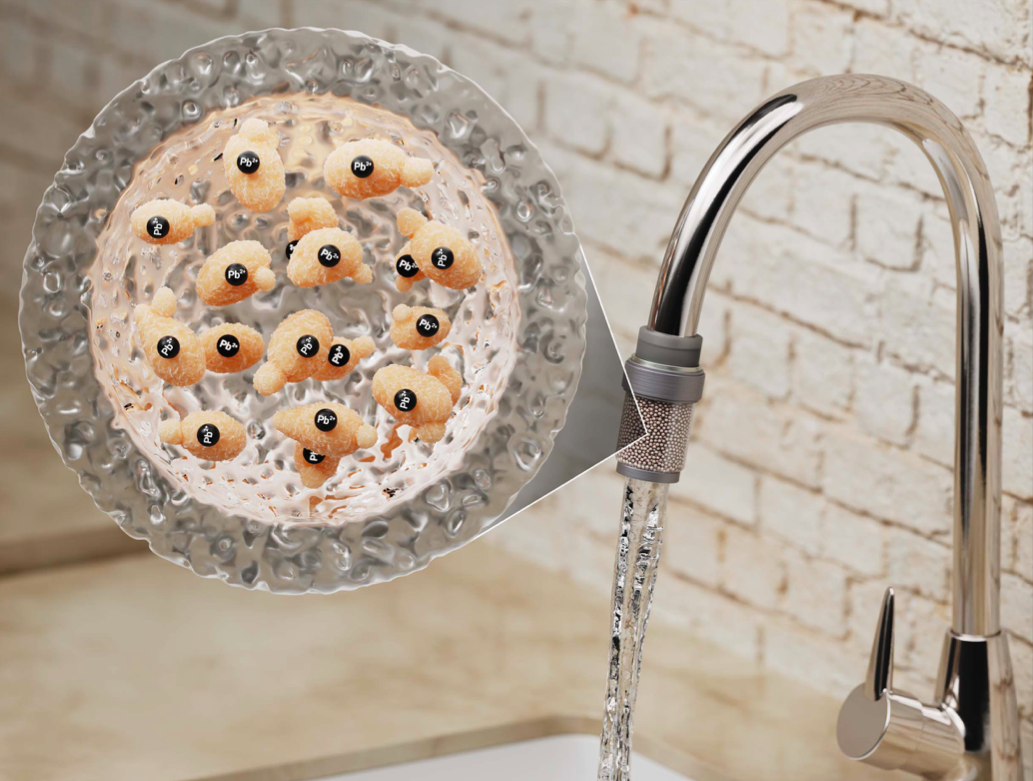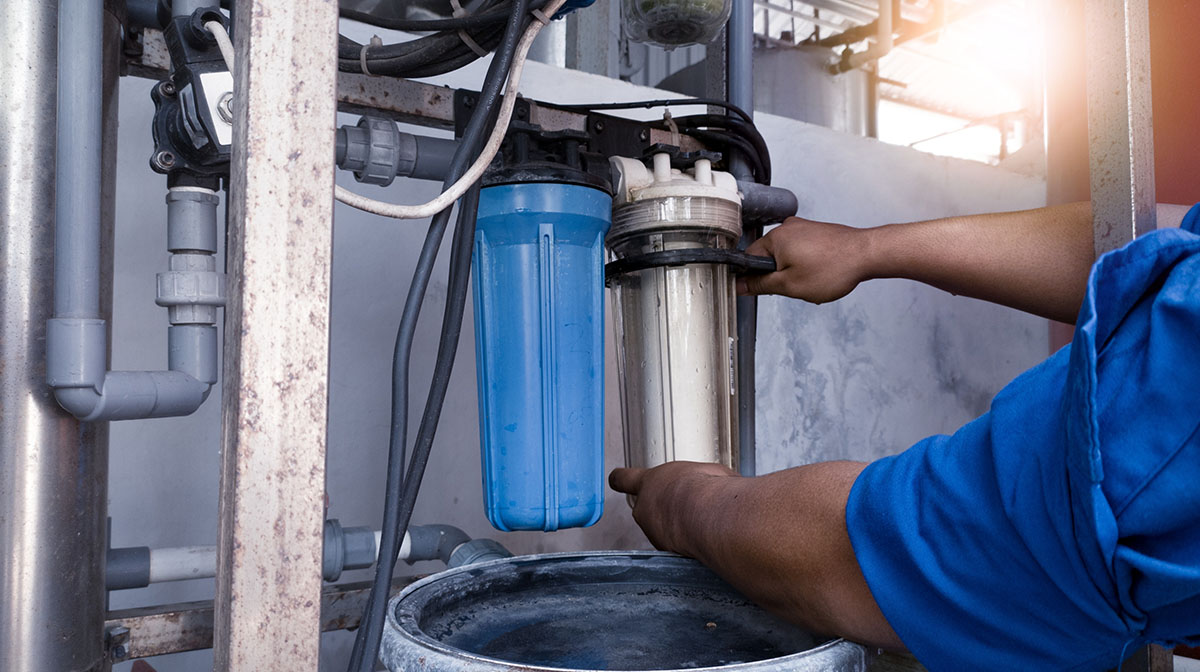Water Decontamination With Yeast Hydrogel

MIT and Georgia Tech researchers use beer yeast encapsulated in hydrogels to absorb lead from contaminated water.
Tracing heavy metals in water resources significantly threatens ecosystems and human health. Lead is one of the most prevalent and toxic contaminants, notorious for incidents of drinking water contamination. Traditional water treatment methods need help to efficiently remove trace amounts of lead, especially when concentrations fall below one part per million. Consequently, a novel approach utilizing yeast encapsulated within hydrogels emerges as a promising solution for lead removal from water.
You can also read: Hydrogel Skins: Soft Interfaces for Intelligent Systems
Lead Biosorption
Yeast cells, specifically Saccharomyces cerevisiae, are known for their ability to biosorb heavy metals, a process where the metal ions adhere to the cellular surfaces. This rapid and effective biosorption process makes yeast an attractive biomaterial for water treatment. However, the main challenge in using yeast for water treatment is separating it from the treated water. It requires additional, resource-intensive steps.
Hydrogel Capsules
To overcome this challenge, MIT researchers developed a method. They encapsulated yeast cells within hydrogel capsules made of poly (ethylene glycol) diacrylate (PEGDA). Hydrogels are highly absorbent polymer networks that can retain large amounts of water. In this application, they have two critical functions. They confine the yeast cells for easy removal from water and maintain sufficient porosity to ensure that the adsorption capacity and kinetics are not hindered.
The encapsulated yeast cells within the hydrogel capsules demonstrate an impressive lead uptake capacity of 21 mg per gram. This is comparable to that of free yeast. Moreover, the system reaches equilibrium within the first five minutes of contact, showcasing its rapid effectiveness. The size of the hydrogel capsules allows for easy separation from the water by simple gravitational settling. This eliminates the need for complex and costly separation technologies.
PEGDA Hydrogel’s Mechanical Behavior
A key aspect of this innovation is the mechanical robustness of the hydrogel capsules. The capsules need to withstand operational stresses without degrading. Otherwise, this could release the encapsulated yeast and reduce the efficiency of the treatment process. Rigorous testing has shown that these capsules maintain their integrity, ensuring reliable performance over extended periods.

Yeast-filled hydrogel capsules in the biofilter continuously treated trace lead-contaminated water for 12 days.
To demonstrate the practical scalability of this method, a lab-scale proof-of-concept packed-bed biofilter was constructed. This biofilter, filled with yeast-laden hydrogel capsules, was continuously treated with trace lead-contaminated water over 12 days. The system successfully met the United States Environmental Protection Agency (USEPA) guidelines for drinking water. This highlights its potential for real-world application.
Yeast and Hydrogels to Remove Contaminants
Integrating yeast encapsulated within hydrogels marks a significant advancement in sustainable water solutions. MIT and Georgia Tech’s innovative approach effectively addresses the challenge of removing lead from contaminated water. It leverages yeast’s natural biosorption capabilities and the structural benefits of hydrogels. This method not only demonstrates impressive lead uptake capacity and rapid effectiveness but also ensures mechanical robustness and scalability. With its potential to meet stringent environmental standards, this technology promises to play a crucial role in safeguarding water quality and promoting eco-friendly water management practices globally.
Read the full article here.
